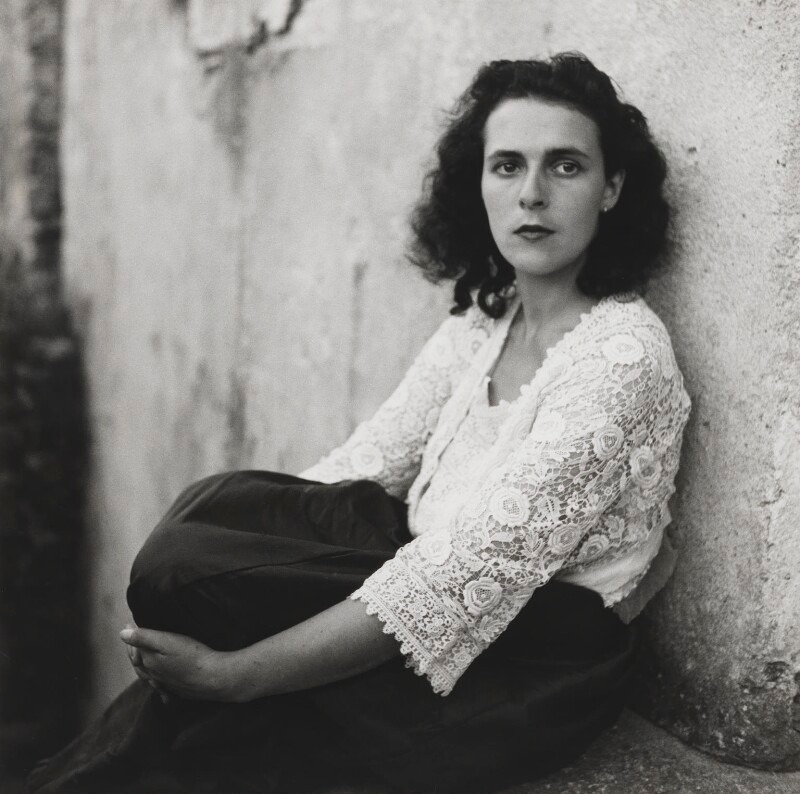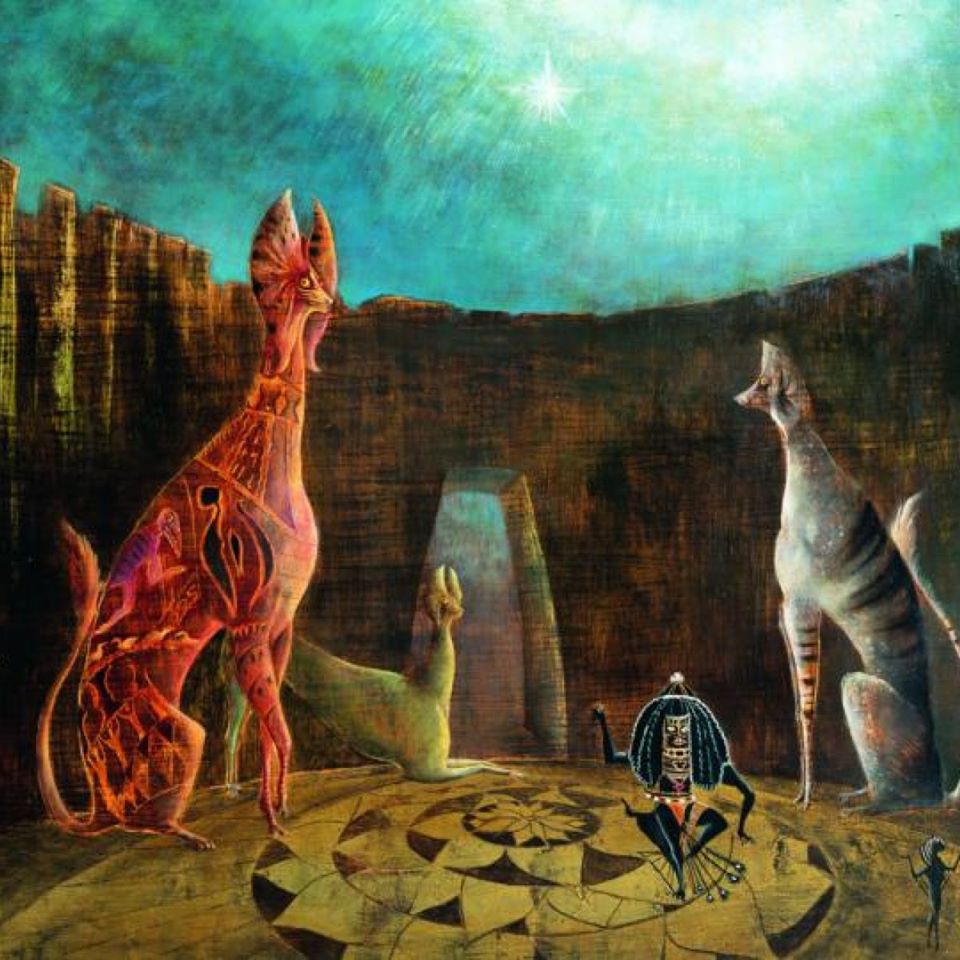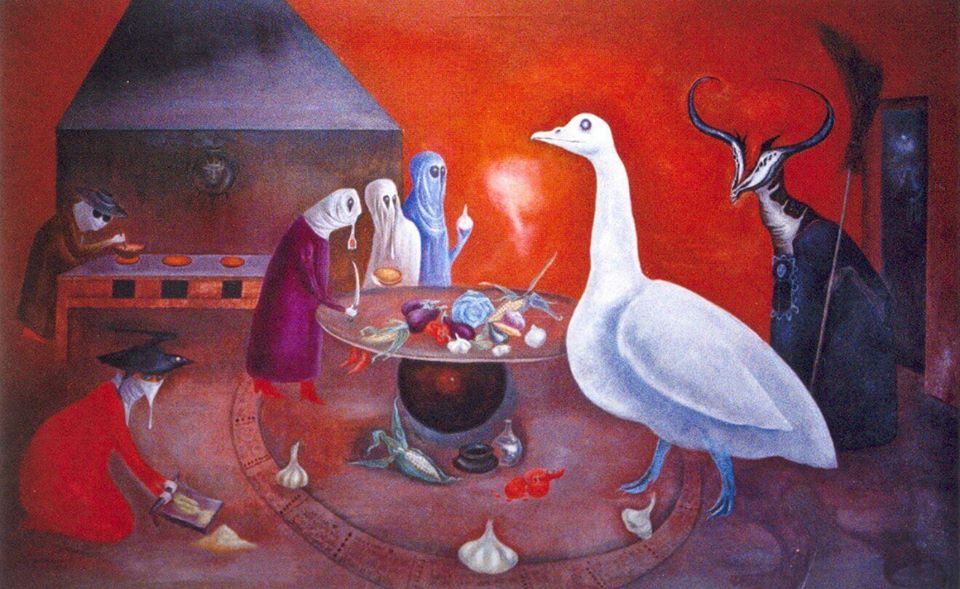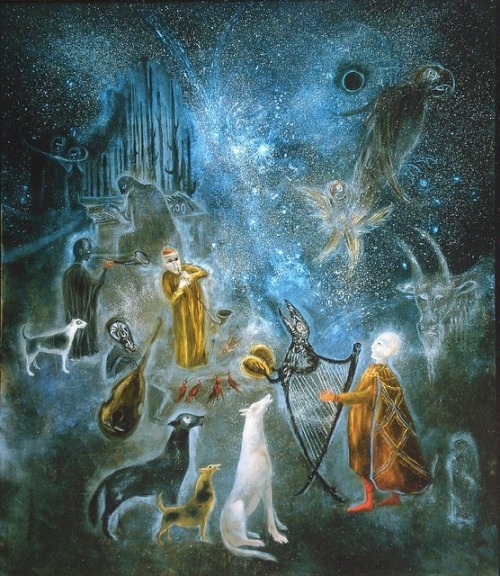Misplaced by History: Artists Worth Knowing, No. 2
Leonora Carrington (1917-2011) was a British-Mexican artist whose intensely autobiographical paintings explore a fantasy world that feature elements of folklore and fairy tales, mythical traditions, and are influenced by Northern Renaissance masters, Hieronymus Bosch and Pieter Bruegel.
Carrington was raised in a wealthy Irish-Catholic family. A rebel from childhood she rejected the debutante life to pursue art, studying painting in London. There she encountered Surrealism for the first time and in 1937 became romantically involved with one of its leaders, German artist Max Ernst. Their 26 year age gap shocked her father who subsequently disowned her.
Carrington and Ernst lived together and worked in harmony for a few years, collaborating and supporting each other’s artistic development. Their artist friends included Pablo Picasso, Salvador Dalí, Marcel Duchamp, and others. Although Carrington never considered herself a card-carrying surrealist, she embraced the unexpected and irrational spirit of the Surrealist movement with zeal.
World War II extinguished Surrealism in Europe. Ernst was briefly imprisoned for being a “hostile alien” by French authorities. After the Nazis invaded France, he was arrested again, this time for his “degenerate” art. Ernst escaped to America leaving behind an emotionally devastated Carrington.
After Ernst’s abandonment, the spirited Carrington emigrated to Mexico, which Surrealist Andre Breton called the”most surreal nation on earth”. There she found a vibrant artistic community and resumed painting. Her work reflected a growing interest in spirits and the occult; her canvases populated with strange furred, feathered and horned beings.
When she died at age 94, Carrington was one of the last links to the Surrealist movement. Today, Carrington’s works are included in the collections of The Museum of Modern Art in New York, the Peggy Guggenheim Collection in Venice, and the Tate Gallery in London, among others.



